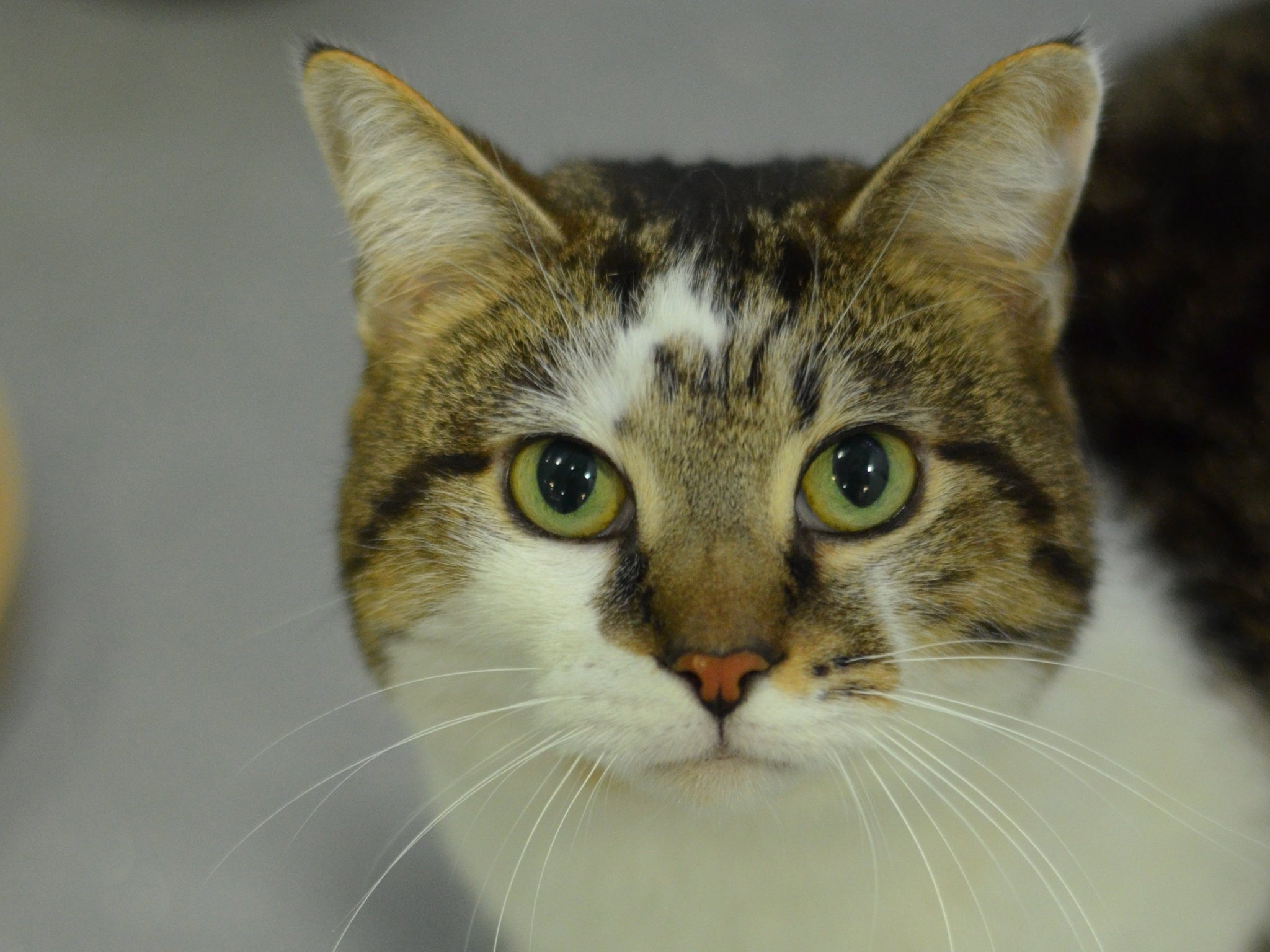The Independent's journalism is supported by our readers. When you purchase through links on our site, we may earn commission.
Think your cat's a killer? Think again
Domestic pets often find themselves blamed for killing local wild life - but there are better explanations to be found, and many cats have lost their hunting appetite

The fashion for pointing the finger at domestic cats for local declines in wildlife has been gaining momentum for some time.
It seems to have started in Australia and New Zealand, where domestic cats are not native mammals. There, cats have been able to give the indigenous predators something of a run for their money, escaping into the bush and probably killing large numbers of birds and small marsupials.
Man’s activities have undoubtedly had major effects on the wildlife in both these countries, but other introduced mammals, including the rat, the fox and even the dingo (not a native Australian animal, but a type of feral domestic dog) have all played a part, and conservationists there are now beginning to agree that the major factor has probably been none of the above, but destruction of habitats for agriculture and urbanisation.
Nevertheless, cats are a convenient target because, unlike the others, they have owners who can be given the responsibility for their heinous crimes.
There is little doubt that, put into the wrong places, domestic cats can cause significant damage to wildlife populations - even so far as causing local extinctions. But all the documented examples of these have occurred on isolated islands where the small animals were especially vulnerable because there were no other predators. In the 18th and 19th centuries, cats were deliberately introduced onto hundreds of islands by sailors anxious to keep them free from vermin. In the much more complex ecosystems found on the mainland, cats generally make far less of an impact. Even in Australia, municipal bans on cats, and local cat curfews, have had little effect on wildlife numbers or the number of species in those areas. Most pet cats are far from “serious” about their hunting, and tend to catch only the weakest and most vulnerable individuals - those that would not, had they lived, have made any contribution to the next generation.
Pet cats may also be being asked to take the blame for the activities of their feral cousins. A recent study in the USA suggested that feral cats - domestic cats gone wild - are almost certainly much more of a threat to wildlife there than pet cats could ever be. Most feral cats get only some of their food from humans - they either scavenge or hang around places where food is put out for them - and so they need to hunt in order to get enough to eat. And it’s not just the number of calories that matters: it’s recently been shown that cats on nutritionally unbalanced diets, for example high in carbohydrate, hunt simply in order to get protein and other essential nutrients.
The majority of pet cats actually hunt very little, and some of their lack of motivation can be put down to the high quality and nutritional balance of supermarket cat-food. They simply don’t need to hunt, although their instincts may propel them to pounce when an opportunity presents itself. In the recent survey of prey brought in by more than 50 cats in a Surrey village, featured on the BBC2 Horizon programme The Secret Life of the Cat, few pet cats caught anything at all, and the only prolific hunter was an anomaly, a cat that had spent its early years on the streets of Hong Kong, where it had learned to hunt simply in order to survive.
Cat owners often value their animals for their independent natures and their similarities to wild cats, and while they may feel revulsion at the gory “presents” that their cat sometimes brings home, they also realise that this is part of the cat’s heritage. All the same owners are often well-disposed to the idea of taking steps to protect their local wildlife from their cats - installing cat-proof bird feeders, building a log pile where small mammals can hide, and equipping their cat’s collar with a bell. Such an approach is much more likely to benefit wildlife than draconian curfews or outright bans.
John Bradshaw's new book Cat Sense is out now
Join our commenting forum
Join thought-provoking conversations, follow other Independent readers and see their replies
Comments
Bookmark popover
Removed from bookmarks